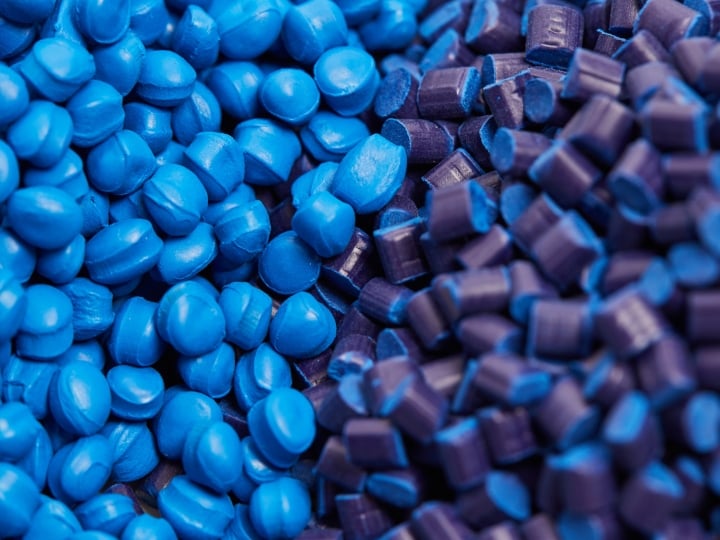Surface Resistivity, Volume Resistivity, ASTM D257, IEC 62631-3-1
Scope:
Surface resistivity is the resistance to leakage current along the surface of an insulating material. Volume resistivity is the resistance to leakage current through the body of an insulating material. The higher the surface/volume resistivity, the lower the leakage current and the less conductive the material is.
Test Procedure:
A standard size specimen is placed between two electrodes. For sixty seconds, a voltage is applied and the resistance is measured. Surface or volume resistivity is calculated, and apparent value is given (60 seconds electrification time).
Specimen size:
A 4-inch disk is preferable, or a 4-inch square. Minimum size is a 3.5-inch disk.
Data:
Surface and Volume resistivity are calculated.
Surface Resistivity is expressed in ohms (per square)
Volume Resistivity is expressed in ohms - cm
**Please note that this test description is intentionally generic in nature and aimed at providing a descriptive summary to enhance test understanding. Standards can be obtained from appropriate standard authorities.

